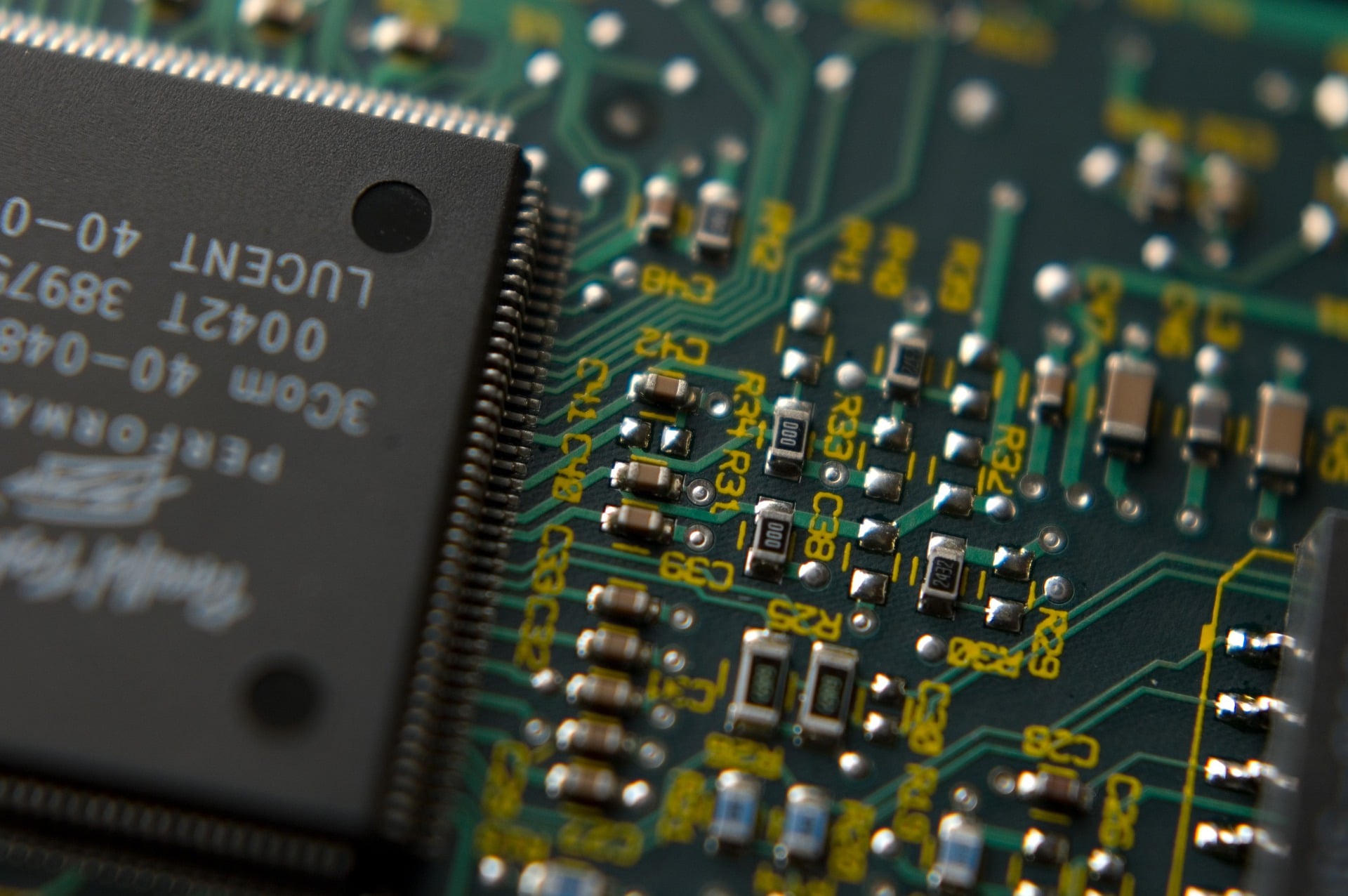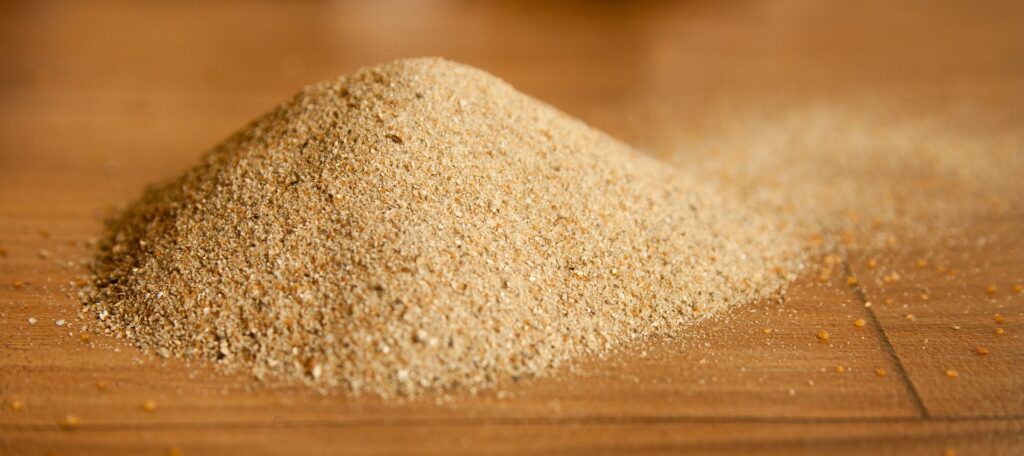The world in a grain of sand: silicon in technology
Even if it doesn't seem like it, sand is one of the most important materials on Earth: from it, for example, silicon, a central element for technology, derives.

We abandon our certainties, there are things with a trivial appearance but which are of considerable importance, to the point that we cannot live without them. Modern societies would struggle a lot without these modest but precious materials; one for all the sand. The solid substance, perhaps, the most important of the Earth and which can rightly be considered fundamental for modern civilization.
It is not in the category of noble, rare or precious materials; on the contrary, it is a humble material, very abundant. Sand, the main material our cities are made of, hides, it remains latent in the things it helps to create. Its components, silicon and oxygen, are the most abundant elements in the earth's crust.

Sand and surrounding environment
Let's look around and try to see the world in a grain of sand: there is a floor under our feet, a roof over our heads, walls that surround us. Most likely they are made at least in part with cement agglomerates and what is in the concrete? The sand. Leaning out on the balcony of the house we notice other houses, other buildings, other concrete constructions, well they too are built with a part of sand. Even when we turn on a light we do it thanks to silica, in fact the transparent glass bulb of the light bulb is made of glass.
The glass with which food and non-food containers are made, the streets in turn are also made with sand. Think of the silicon chips, the components contained in all our electronic devices, from smartphones to tablets, from notebooks to latest generation televisions. Radio, without forgetting smartwatches or all the electronic components on board cars, motorcycles, airplanes, civilians or military. To build all of this, you need silicon. We are able to destroy the smallest particles of sand to turn them into chips for our electronic devices.
Sand and technology
The 21st century, the digital age. Silicon is the second most widespread element, after oxygen, on Earth, in the form of sand made up of billions of quartz grains. Tablet, PC, smartphone: none of this would be possible if there were no sand or quartz. Silicon is a very important chemical element for technology.

Since it is a semiconductor and is used for the production of the main electronic components. or microelectronics necessary for the realization of our devices. Silicon is used for the construction of transistors, microcircuits, diodes, LED diodes, photovoltaic panels, fiber optic cables. Also used in the construction of electrotechnical devices. It is used together with iron for its iron-magnetic properties in some of the parts that make up the transformers.
Silicon and transistors
California, mid-1950s. A team of engineers is working to redefine an invention that would revolutionize the world forever, thus laying the foundations for what would become the information or IT society in the future. William Shockley a pioneering Bell Labs engineer a few years earlier had helped invent the transistor along with Walter Brattain and John Bardeen. Then he left to found his own company and to stay closer to his family. Semiconductor research and manufacturing company founded in Mountain View, California, about an hour south of San Francisco near Stanford University. An area at the time known as the Santa Clara Valley, but which would soon become much more famous under the name of Silicon Valley.
At that time the sale of transistors was growing exponentially. Some companies like Texas Instruments, Motorola, and other companies were all competing to find smaller, more efficient transistors for use in computers. The first American computer, called ENIAC, was developed by the American Defense during World War II. It was huge, it took up an entire room by itself and needed 18,000 tubes to make it work.

Transistors were smaller and offered a way to replace those tubes by making computers smaller and more powerful. Semiconductors seemed like the right way to go. At first Shockley, along with a handful of young PhD students, began their research by lighting kilns at thousands of degrees and melting germanium and silicon. After several attempts Shockley became convinced that silicon was the most promising material and shifted his attention accordingly. He already had the first and most famous semiconductor research and manufacturing company. Ergo all those who had worked with germanium reconverted production and switched to silicon. In fact, without Shockley's company and research, today we would most likely be talking about "Germanium Valley" and not "Silicon Valley".















